According to the National Highway Traffic Safety Administration (NHTSA), between the years 2012 and 2021, more than 32,000 people were involved in fatal traffic accidents that involved distracted driving. In 2021 alone, 3,522 people died in accidents involving distracted driving. An additional 361,425 were injured. Cell phone activities were cited as the distractions that caused crashes that killed 410 people in 2021.
Drivers aged 15-20 were the age group most likely to be in a fatal crash involving distracted driving. They are also the age group with the second highest percentage (19%) whose driving fatalities involved cell phone activities. The age range with the highest percentage of distracted drivers using cell phones was 21-24 (30%).
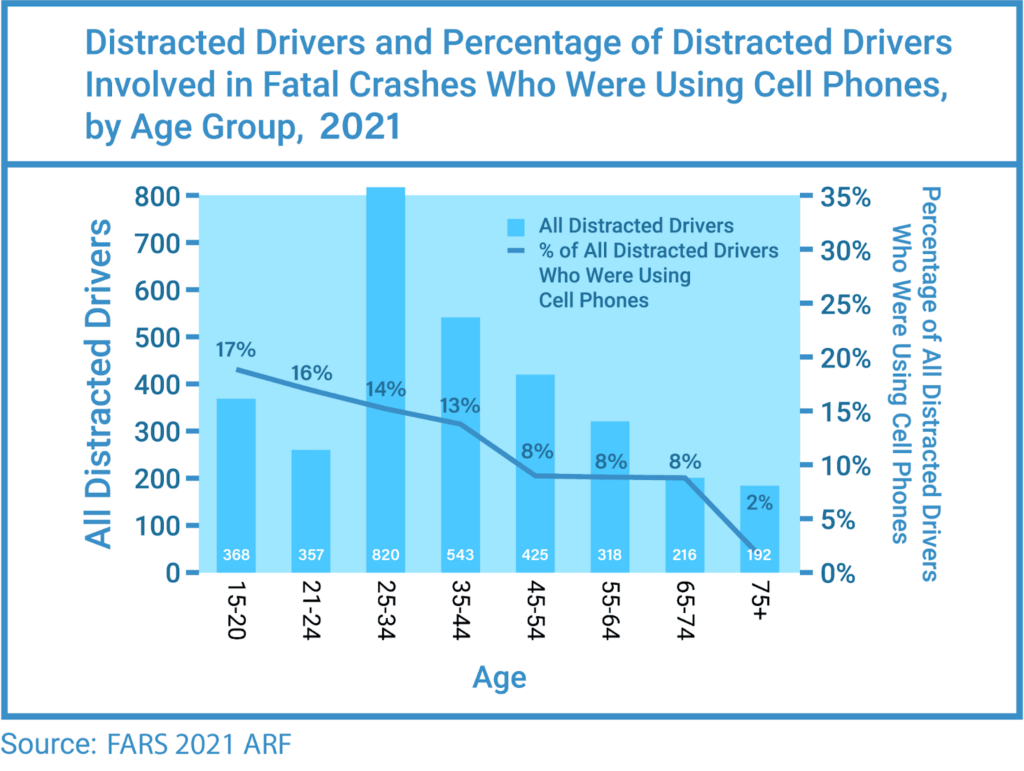
Distracted driving is a major danger that everyone faces, every time they get behind the wheel. If you’ve ever wondered what distracted driving is, how dangerous it can be, and — most importantly — how to avoid it, you’ve come to the right place.
Read on to learn all about distracted driving in 2022, including the danger of using new technology while driving, and how laws are changing to help protect drivers all over the U.S.
Traffic school can help you keep a clean driving record, prevent insurance increases, and more!
What is Distracted Driving?
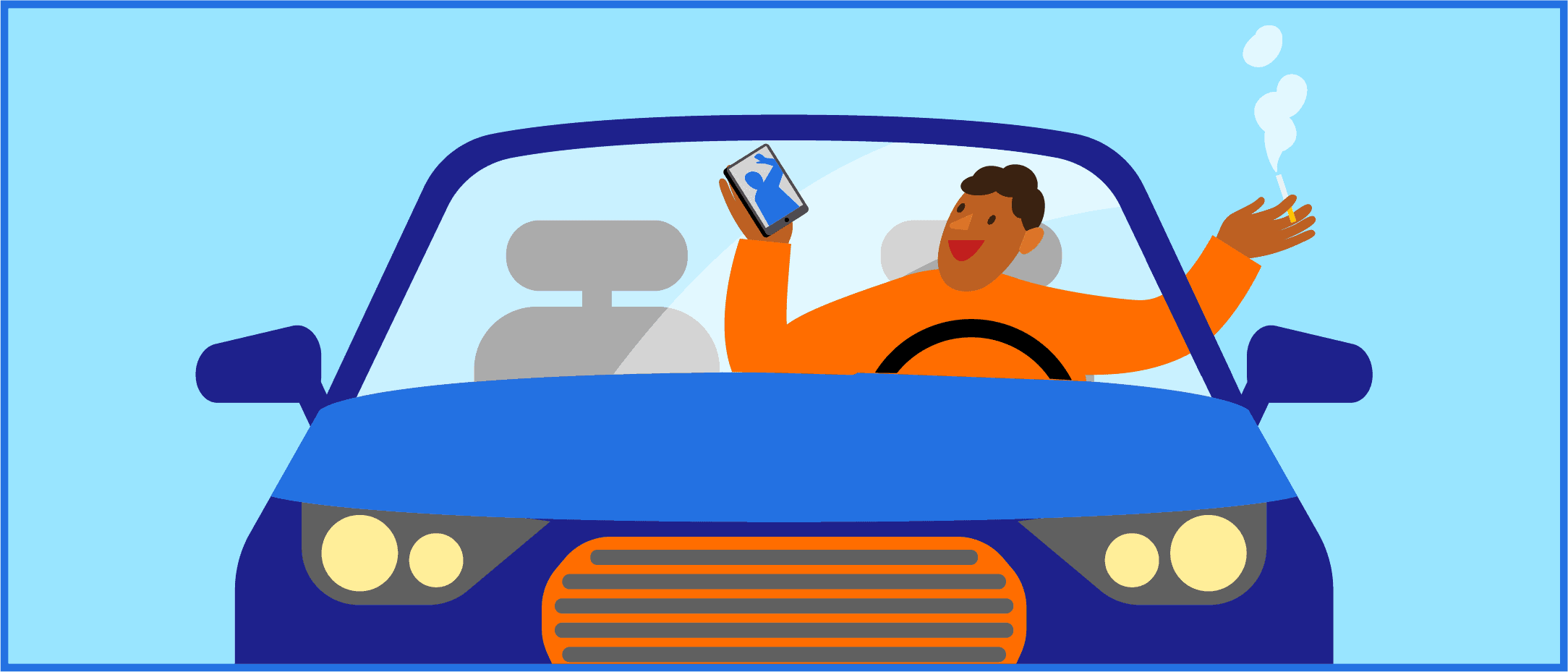
Distracted driving is driving while engaging in any behavior that could potentially take your attention away from the road.
The types of distractions that can result in distracted driving take many forms, as we’ll cover in more detail below. But what you need to know is that distracted driving is extremely dangerous because it increases the likelihood that you’ll get into an auto accident. Distracted driving puts more than just yourself at risk — it’s also dangerous to any passengers in your vehicle, other drivers around you, and pedestrians in your area.
Type of Distracted Driving
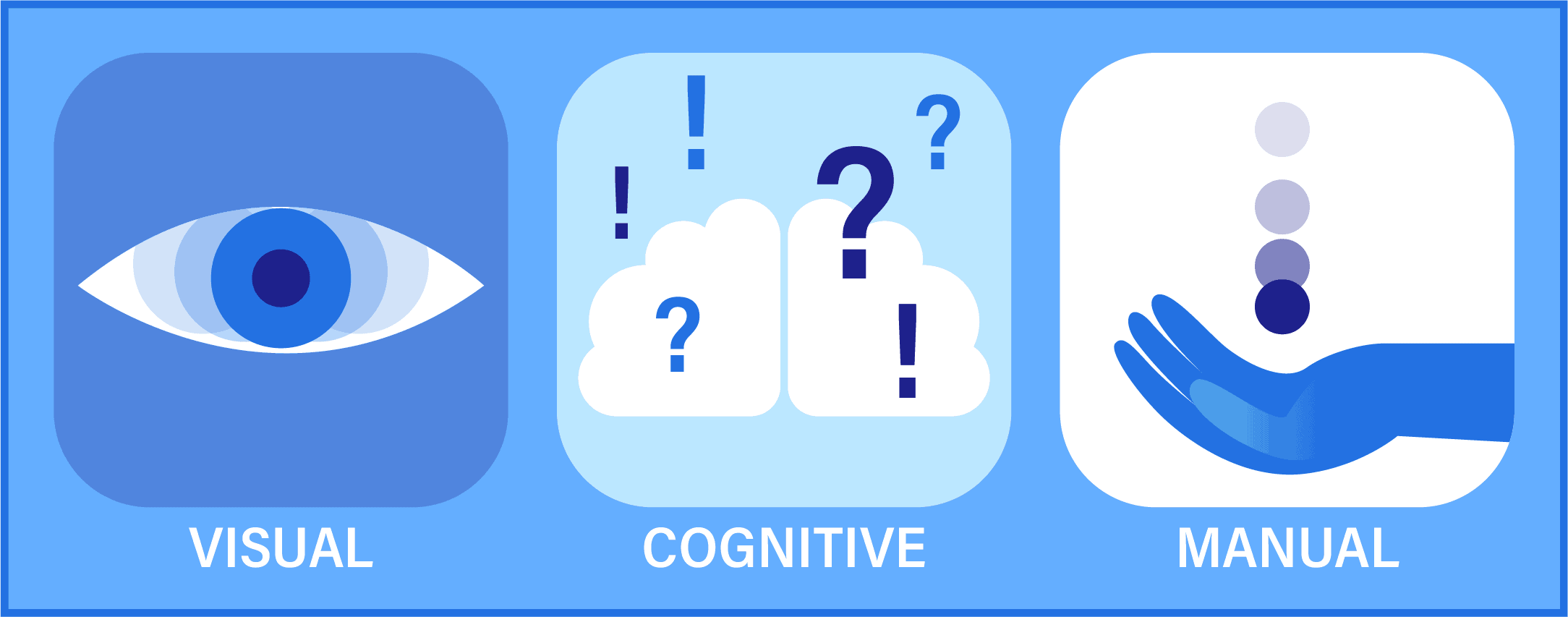
Distractions while driving are divided into three main categories:
- Visual distractions: when your eyes are diverted away from the road ahead of you.
- Cognitive distractions: when your mind is focused on something other than driving.
- Manual distractions: when you do a task with a part of your body, especially your hands or arms, that is not related to driving.
In most cases of distracted driving, there isn’t just one type of distraction at play. In fact, we all face all three types of distractions while driving, and sometimes more than one of them at a time. Below are some examples of common distractions while driving, and which category or categories they belong to.
Examples of Distracted Driving
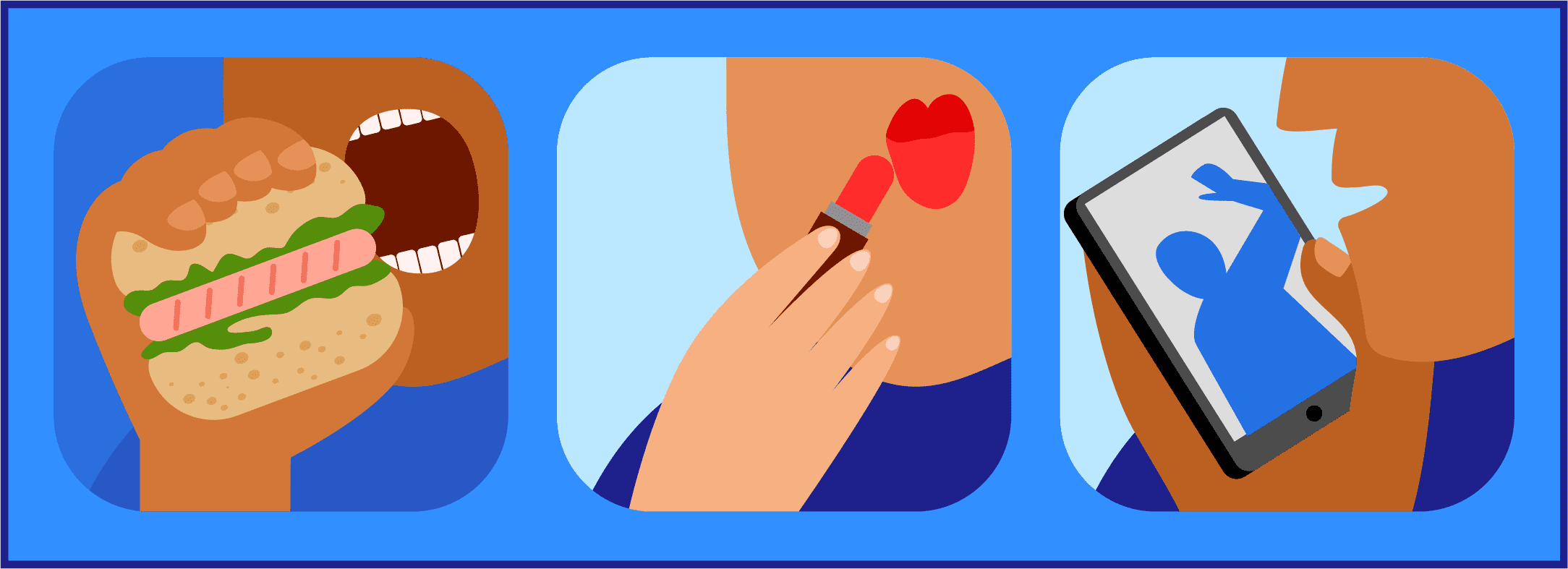
- Visual distraction: Looking at sights outside your car
- Cognitive and manual distraction: Listening to music, including using your radio, phone music player app, MP3 player, or CD player
- Visual, cognitive, and manual distraction: Taking care of your appearance— fixing your hair, checking your makeup in the mirror, etc.
- Cognitive and manual distraction: Communicating over amateur radios (e.g. ham radio device) or holding a cell phone, even hands-free.
- Visual and manual distraction: Trying to retrieve an object (e.g. from your glove compartment) while driving
- Manual distraction: Eating or drinking
- Visual and cognitive distraction: Reading maps or other materials
- Cognitive distraction: Conversations with passengers
- Visual and cognitive distraction: Watching videos
- Cognitive distraction: Dealing with strong emotions
- Visual, cognitive, and manual distraction: Texting while driving
Read: Texting and Driving Statistics
Distracted Driving Statistics You Should Know
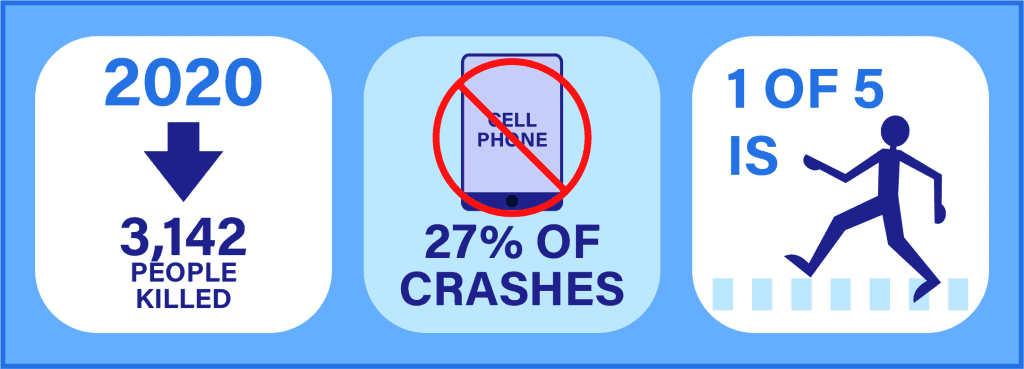
To fully understand the danger distracted driving poses to you and everyone on the road, it can help to learn about some of the statistics related to distracted driving in 2023. These statistics show two things: How widespread of a problem distracted driving is, and how serious the consequences can be.
- In 2021, the most recent year for which data is available, 3,522 people were killed in crashes involving at least one distracted driver. This accounts for 8% of all traffic fatalities, and 14% of all injury crashes that year. This is an increase of 380 deaths compared to 2020 (Source)
- Experts believe that distracted driving is under-reported and under-documented. Studies have shown that cell phone use alone accounts for 27% of all car crashes. (Source)
- One in every five people killed by distracted drivers was not even in a vehicle — they were walking, riding a bike, or otherwise outside of a vehicle. (Source)
- The estimated economic cost of all motor vehicle traffic crashes in the United States in 2019 (the most recent year for which cost data is available) was $340 billion, of which $98 billion resulted from distracted-driving crashes. (Source)
Read: California Car Crash Statistics
Distracted Driving and Cell Phones
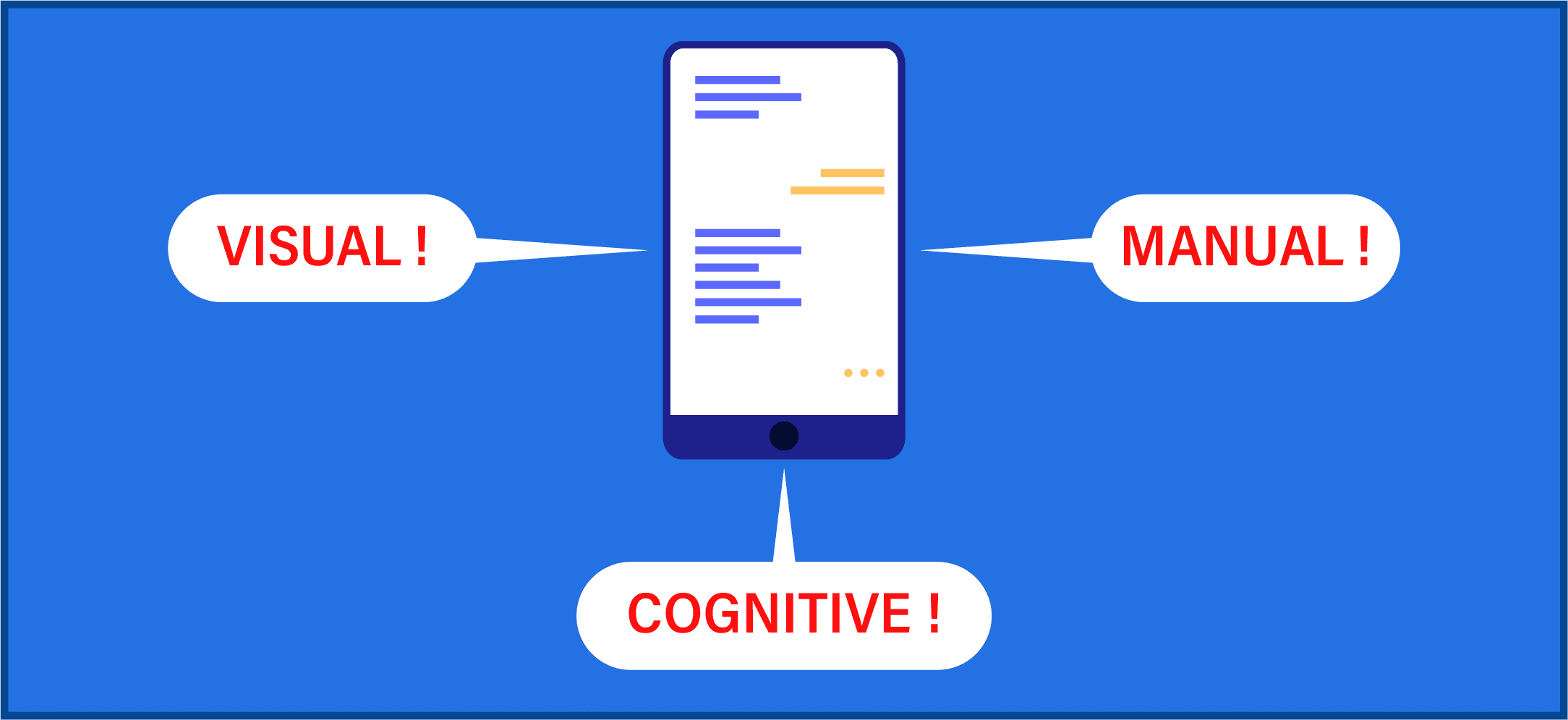
Cell phones are one of the most common and dangerous types of driving distraction because they cause visual, cognitive, and manual distraction all at once. Here are some of the facts you should know about the danger and distraction of cell phone use while driving:
- Cell phone users are 5.36 times more likely to get into an auto accident than people who don’t use cell phones or keep them out of reach while driving. (Source)
- One study showed that commercial drivers who texted while driving were 23 times more likely to get in a crash. (Source)
- Talking on a cell phone while driving can cause a driver to be just as impaired as they are when driving at the legal limit of alcohol intoxication, 0.08%. (Source)
- During a typical day in 2021, it’s estimated that 373,066 passenger vehicle drivers were holding their phones to their ears as they drove.
In California, cell phone tickets can cost drivers $150-$250 or more, as the state really wants to discourage this type of distracted driving.
Distracted Driving and Teens
Research shows that teenagers are at an especially high risk of distracted driving. Some statistics to know:
- The fatal crash rate for teens is three times higher than for people 20 and older. (Source)
- Distracted driving contributes to 58% of crashes involving a teenage driver. (Source)
- 8% of all teens who die in traffic accidents are killed in distraction-related crashes. (Source)
Read: Is It Illegal to Drive Barefoot?
How to Prevent Distracted Driving
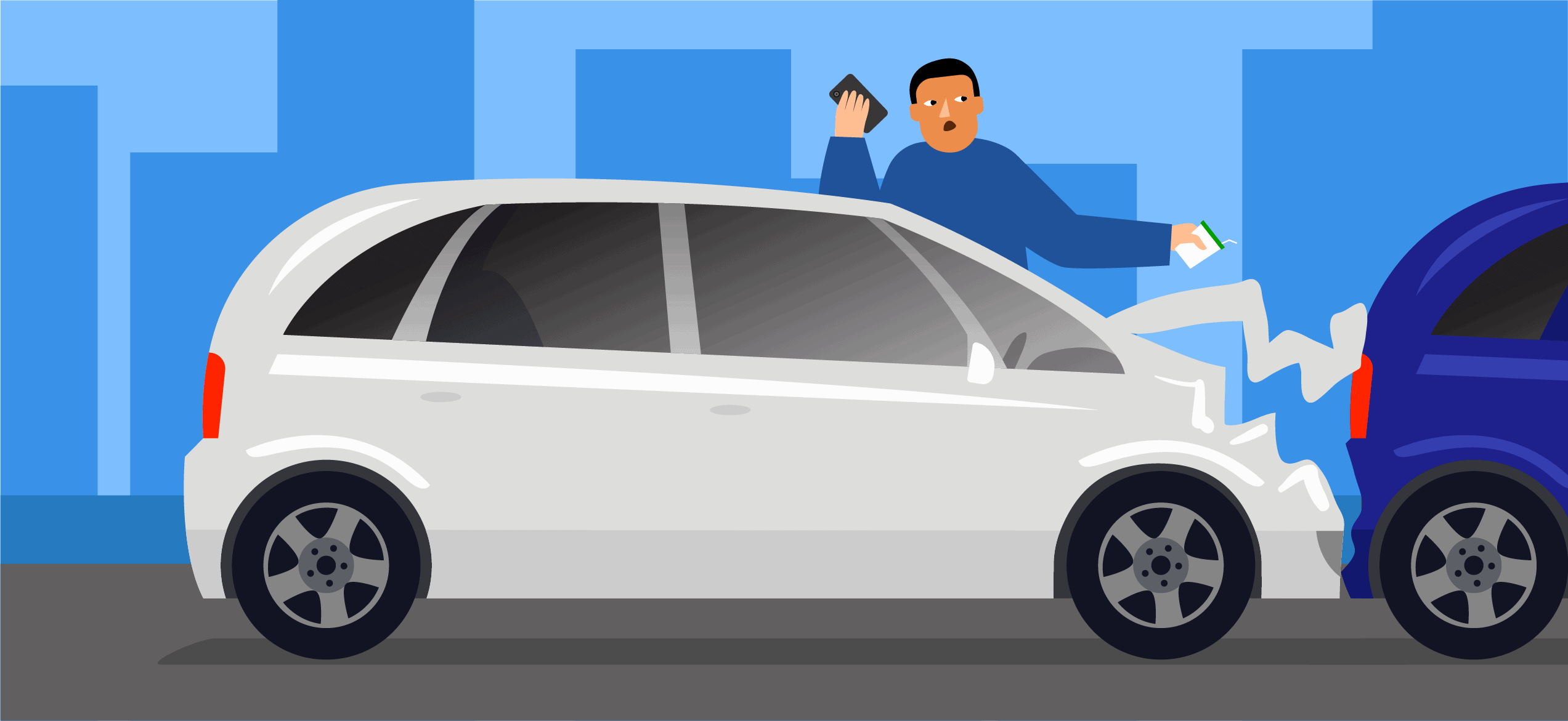
Everyone, from drivers to passengers to parents and teachers, can help prevent distracted driving. Education is part of prevention, as is speaking up if you see someone you know driving while distracted.
Here are some CDC-recommended ways to help prevent distracted driving.
What Drivers Can Do
- Do not multitask while driving. This includes adjusting your mirrors, selecting music, eating or drinking, putting on makeup, making a phone call, sending or reading a text or email, and any other activity that isn’t directly related to driving your vehicle.
- Keep your cell phone out of reach while driving, or use an app or feature that blocks it from being used while it’s in a moving vehicle. If you must use your phone, park or pull over somewhere safe first.
What Passengers Can Do
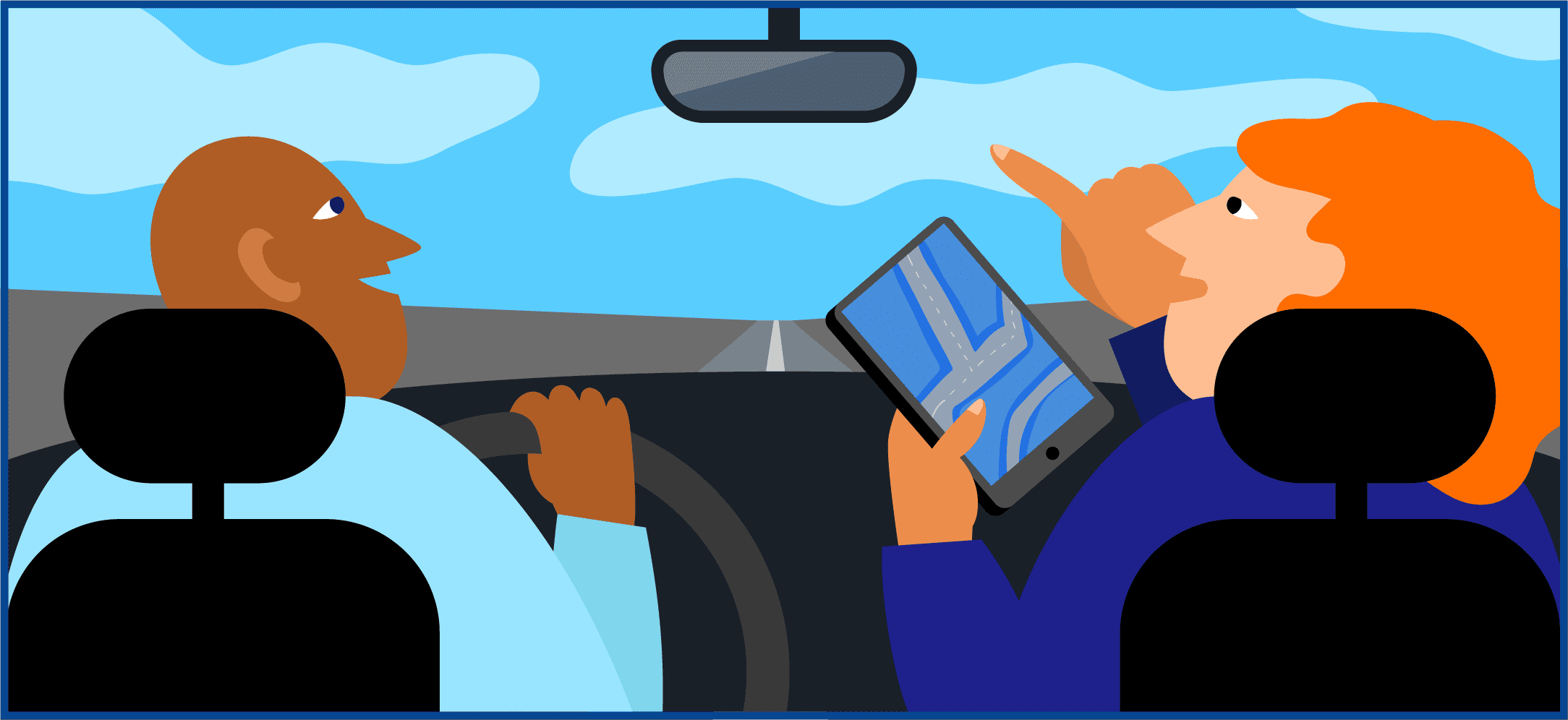
- Speak up if you’re ever in a vehicle with a distracted driver. Remind them to focus on driving.
- Help reduce distractions for your vehicle’s driver. Adjust the music or temperature controls for them, or help them navigate so they aren’t distracted by their phone or GPS.
What Parents Can Do
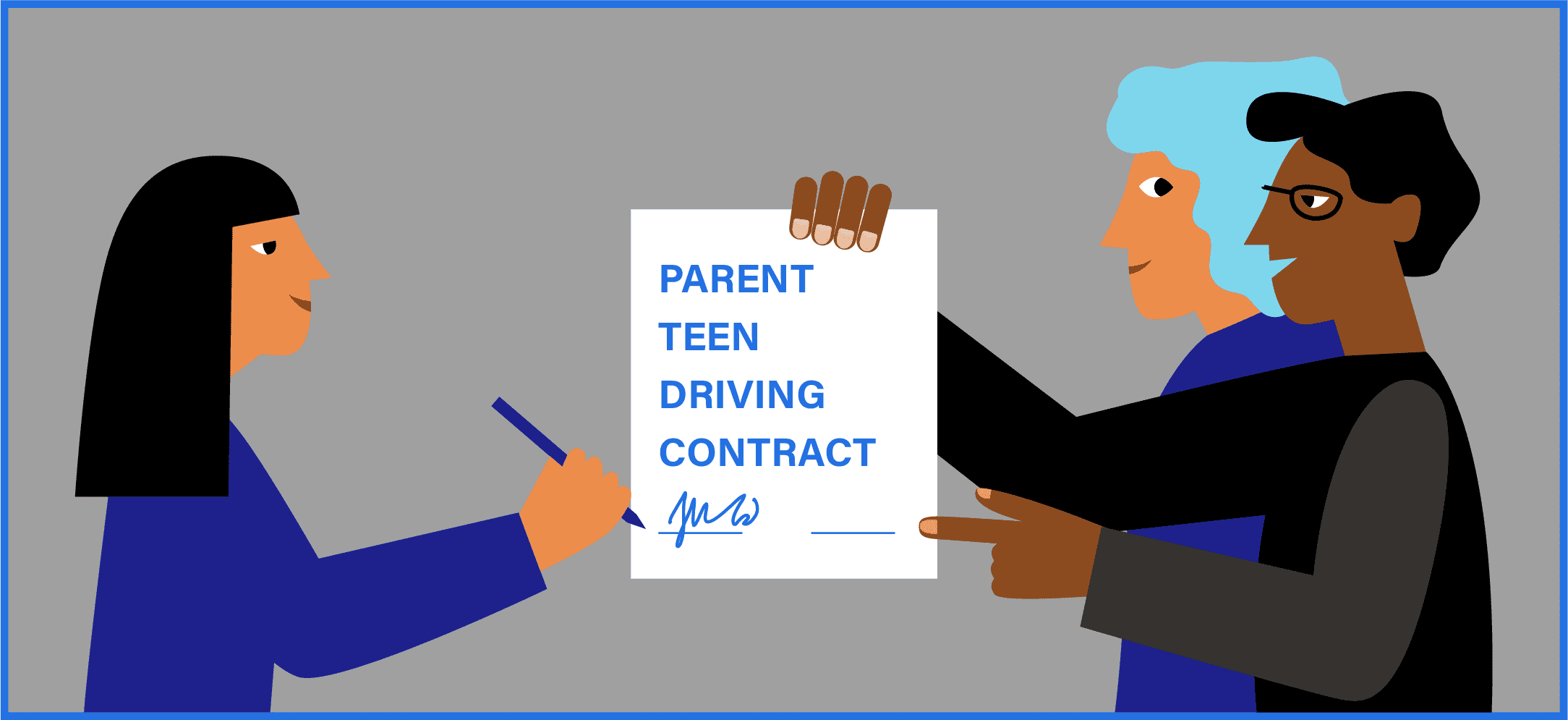
- Talk to your teens and young drivers about distracted driving. Make sure they understand not just the laws, but the danger of driving while distracted, especially by technology. Parents and teens can fill out the CDC’s Parent-Teen Driving Agreement worksheet to start a conversation about safe driving practices and consequences for dangerous behaviors when behind the wheel.
- Keep your beginner drivers off the road between midnight and 5 a.m., the hours shown to be the most dangerous, especially for young people.
- Limit the number of passengers your young drivers have in their car at a time. Passengers are shown to increase the risk of both distracted driving and crashes for young drivers.
- Set a good example by avoiding distracted driving yourself.
Distracted Driving Laws and Prevention
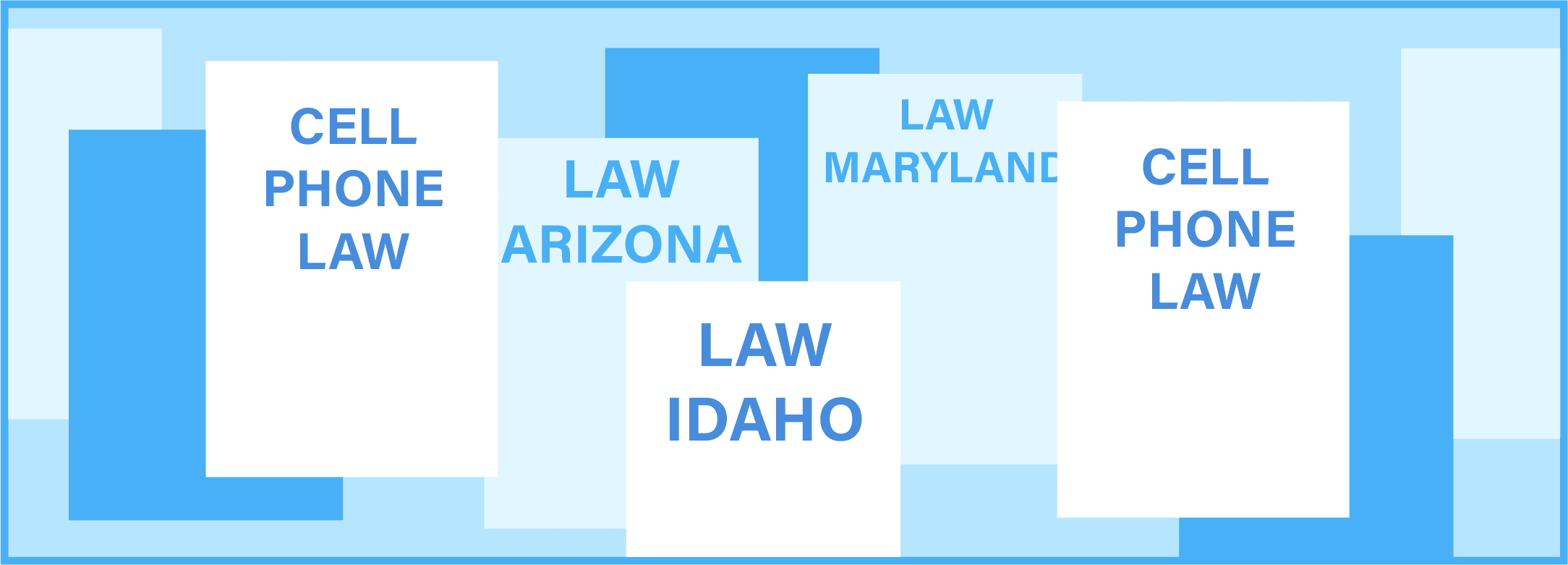
The National Highway Traffic Safety Administration (NHTSA) and the CDC have worked together to create resources and awareness campaigns about distracted driving on the national level. Those can be found online if you’d like to learn more.
Additionally, a number of federal laws and rules in recent years have targeted distracted driving. In 2021, as part of the Bipartisan Infrastructure law, Congress created new resources to add distracted driving awareness to driver’s license exams. In 2022, the Department of Transportation released the National Roadway Safety Strategy, which includes supporting new types of vehicle technologies meant to combat distracted driving.
But most laws to prevent distracted driving happen at the state level, including cell phone laws.
As of 2022, 30 states and Washington, D.C. have at least a partial ban on handheld cell phone use while driving, including:
- Arizona
- Arkansas
- California
- Connecticut
- Delaware
- Florida
- Georgia
- Hawaii
- Idaho
- Illinois
- Indiana
- Louisiana
- Maine
- Maryland
- Massachusetts
- Minnesota
- Nevada
- New Hampshire
- New Jersey
- New York
- Oklahoma
- Oregon
- Rhode Island
- Tennessee
- Texas
- Vermont
- Virginia
- Washington
- Washington, D.C.
- West Virginia
- Wisconsin
Additionally, all states except Missouri and Montana have a total ban on texting while driving. Missouri bans drivers 21 and younger from texting while driving.
GHSA also offers a list of details on each state’s distracted driving-related laws, including hand-held bans, all cell phone bans for school bus drivers and/or novice drivers, and text messaging bans. The AAA Digest of Motor Laws also provides a more detailed list of state-specific laws on distracted driving in the United States. And for even more information on distracted driving laws in your state, check out the Governors Highway Safety Association’s (GHSA’s) list of State Highway Safety Offices, and contact them if needed.
In 2021, California’s AB 47 went into effect, which imposes additional penalties for those who violate the state’s existing cell phone laws. Now, California drivers who are caught driving while using a cell phone in a non-hands-free manner not only have to pay a fine, but also receive a point on their California license.
Learn More About Avoiding Distracted Driving
To learn more about California driving laws, distracted driving, and other important driving safety information, you can take a defensive driving course.
Or, if you’ve received a ticket for violating California’s cell phone law or another distracted driving-related offense, you may be able to mask your ticket by going to traffic school.
Staying alert and aware while driving keeps the roads safer for everyone. Always remember that as drivers, we all have a shared responsibility to know the most recent versions of all traffic laws, avoid distractions, and focus on driving so everyone around us can stay safe.
